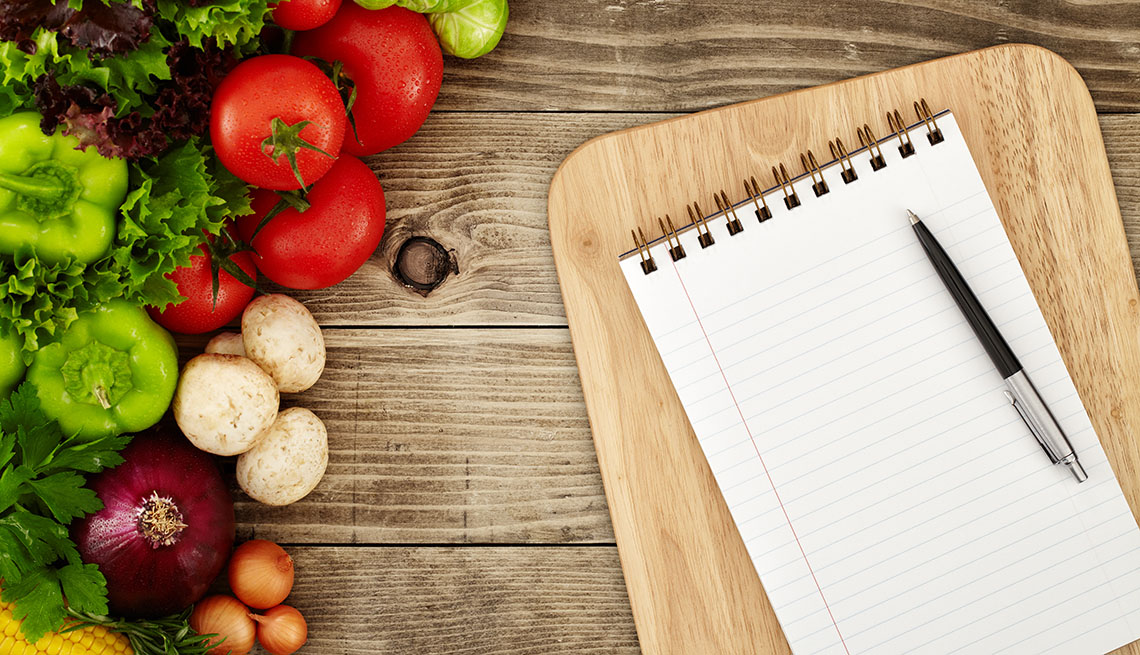6 superfoods to help you manage diabetes
- Select a language for the TTS:
- UK English Female
- UK English Male
- US English Female
- US English Male
- Australian Female
- Australian Male
- Language selected: (auto detect) - EN

Play all audios:

SUPERFOOD NO. 3: NUTS People with diabetes are at much higher risk for cardiovascular disease. But diet can make a difference. Case in point: A study of more than 16,000 adults with
diabetes, published in _Circulation Research_, suggests that people with type 2 who ate at least five 1-ounce servings of peanuts or tree nuts — like walnuts, almonds or hazelnuts — per week
were 17 percent less likely to develop cardiovascular disease than those who ate one or fewer servings per month. What's more, nuts are low in carbohydrates and are a good source of
fat and protein, so they help you stay full while keeping blood sugar low, says Dahlia Gomez, a dietitian and spokesperson for the Association of Diabetes Care and Education Specialists.
“This makes them an ideal snack for people living with diabetes.” Think of diabetes superfoods as the overachievers on your grocery list; fending off blood sugar spikes and other related
health issues, too. But keep in mind: Nuts are high in calories. Limit your daily intake to 1 to 1.5 ounces (about 1/4 cup). SUPERFOOD NO. 4: FATTY FISH So why does the ADA recommend eating
fatty fish like salmon, tuna, mackerel and sardines twice a week? “The omega-3 fatty acids in fish, specifically EPA and DHA, are associated with less heart disease and dementia,” says
Weisenberger. That echoes the results of a study published in 2022 in the journal _Nutrients_, suggesting that people with higher blood levels of omega-3s are 49 percent less likely to
develop Alzheimer’s disease than those with lower levels. Omega-3s are also linked to a reduced risk of heart disease, which is the number one cause of death in people living with diabetes,
according to the ADA. To meet the association’s recommended amount, “consider using fish in its many forms — fresh, frozen or canned,” suggests Melinda Maryniuk, a registered dietitian
nutritionist in Boston. SUPERFOOD NO. 5: BERRIES What makes berries so super for people with diabetes? Scientists aren't entirely sure. “They're loaded with nutrients and
phytonutrients,” says Weisenberger. And “it appears that some of the phytonutrients may cause decreased glucose absorption in the intestines and better insulin sensitivity” (that is, how
responsive the body's cells are to insulin, the hormone that regulates glucose in the blood). A review of studies published in 2019 in the journal _Food & Function_ suggests that
regularly consuming berries — especially blueberries, cranberries, strawberries and raspberries — may help people with diabetes better manage their condition, mainly by improving post-meal
blood sugar spikes. Researchers found that to be the case with all types of berries — fresh, frozen, even dried. An easy way to get your berry fix: Create several alternating layers of
berries and Greek-style yogurt (also a diabetes superfood) in a milkshake glass, suggests Newgent, then sprinkle with toasted almonds or roasted pistachios. For the more adventurous, grill
or pan-grill skewers of strawberries, drizzle with balsamic vinegar or a balsamic reduction, sprinkle with toasted sliced almonds and fresh basil, and serve atop ricotta or plant-based
ricotta. SUPERFOOD NO. 6: OATS Can a daily dose of beta glucan (a soluble fiber found in oats) be good for blood sugar levels in people with type 2 diabetes? That was the question
researchers set out to answer when they asked 37 people with type 2 to consume 5 grams of beta glucan every day for 12 weeks. At the end of that period, they found that regular consumption
of the fiber not only resulted in improved blood sugar control but also had a positive impact on appetite-regulating hormones like ghrelin and leptin, according to a study published in 2021
in the _Journal of Functional Foods_. A larger review of studies recently published in the _European Journal of Clinical Nutrition_ had similar findings. What’s so special about beta glucan?
It “improves insulin action and lowers blood glucose levels,” Weisenberger explains. “It also sweeps cholesterol from your digestive tract before it reaches your bloodstream.” To reap the
rewards, “studies suggest we need about 3 grams of beta glucan daily to see long-term, measurable results. That’s about 1.5 cups of oats daily — more than most people want,” she adds, and
more than what goes into making a bowl of oatmeal every morning. To make up the difference, use oats as a substitute in your favorite recipes. “Add old-fashioned oats in place of one-third
of the flour in a baked-goods recipe,” Newgent recommends. Or try preparing oats as a healthy risotto — what Newgent calls “ris-oat-to” — with veggie broth, mushrooms and herbs. You can also
“create a thicker, heartier soup by swirling in oats,” she adds.